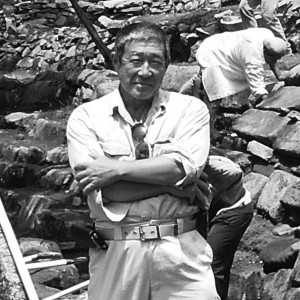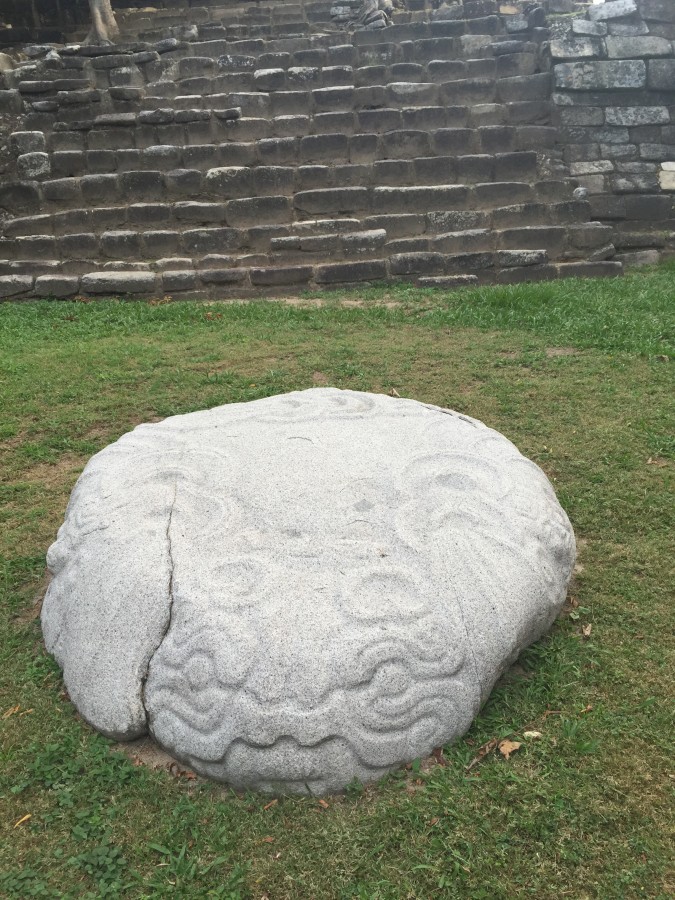A Rare Example of Monolithic Architecture
Iglesia Vieja was a Zoque capital of the Early Classic (250 to 600 AD). It is located at a strategic point on the Isthmus of Tehuantepec, on the Mesoamerican cultural corridor or trading route, in other words east of the flourishing Mayan culture and west of Monte Albán in Oaxaca and Teotihuacan in the Mexican Central Highlands.
The most significant feature of Iglesia Vieja is the use of monolithic stones in its architecture. The extraordinarily large blocks or slabs measured more than 10 feet and weighed over 2 tons. The primary building material was granodiorite, which is logical in view of the nearby quarries of this volcanic rock.
During the work of excavation and restoration, the monolithic stones were moved without the use of machinery. The pre-Hispanic builders only had recourse to human strength and simple techniques involving levers, trunks, ropes and so forth. The question of the choice of tools and techniques used by the ancients inhabitants to cut and smooth these slabs remains unresolved.
For the time being it can be safely said that monolithic stone-cutting was the result of a long tradition developed by the inhabitants of the Tonalá region, since it was here that the evolution of the stone-cutting tradition can be seen in the region prior to Iglesia Vieja.







